Sand sifting gobies play a crucial role in maintaining a healthy aquarium ecosystem. These fish are known for their unique behavior of plowing through the substrate, sifting and straining algae, detritus, and uneaten food from the sand. This not only helps to eliminate unwanted nitrate-producing substances but also serves to stir and aerate the substrate, which is particularly important for deep sand beds. Additionally, this activity helps release toxic gases that may accumulate in the substrate over time. To ensure the well-being of these specialized fish, it’s essential to choose the right substrate and create an environment that supports their natural behavior.
Choosing the Right Substrate
When setting up an aquarium for sand sifting gobies, selecting the appropriate substrate is crucial. These fish need a fairly small grain sand to ensure they can sift it through their gills without causing damage. Fine-grained medium sand with a grain size of 0.5-1.7 mm, often referred to as sugar-sized sand, is ideal for accommodating their sifting behavior. By providing the right substrate from the outset, you can create a conducive environment for these remarkable fish to thrive.
A Glimpse Into Sand Sifting Gobies
1. Diamond Watchman Goby (Valencienna puellaris)
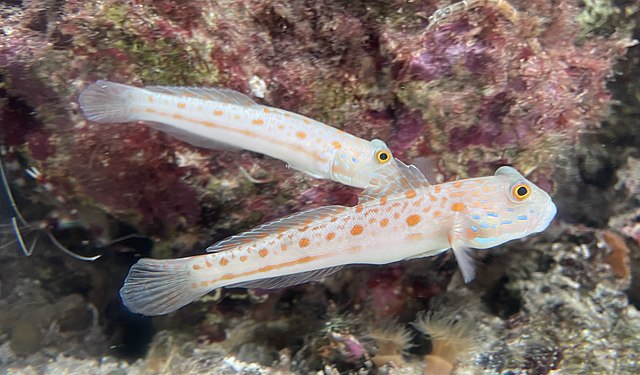
This goby is recognized by various names, including Pretty Prawn, Orange Spotted Diamond, and more. It digs shallow burrows in the substrate for refuge, aiding in substrate aeration. While generally not aggressive, it may engage in conflicts with other gobies of the same or similar species.
2. Engineer Goby (Pholidichthys leucotaenia)
The Engineer Goby requires a sand substrate to create burrows. A peaceful tank environment with hiding spots is essential. They tend to fare better in small groups or pairs introduced to the tank simultaneously.
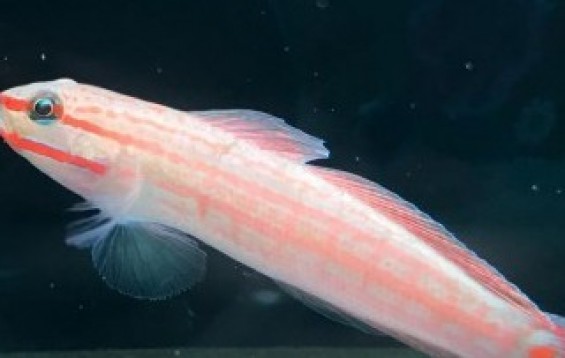
3. Orangemarked Goby (Amblygobius decussatus)
This goby sifts through the substrate, contributing to substrate oxygenation. While not usually aggressive towards other fish, it can be territorial and might engage in conflicts with same-species individuals unless they are a mated pair.
4. Sleeper Banded Goby (Amblygobius phalaena)
The Sleeper Banded Goby utilizes shallow burrows for refuge, aiding in substrate oxygenation. Similar to other gobies, it should be fed a varied diet, including live and frozen foods suitable for carnivores.
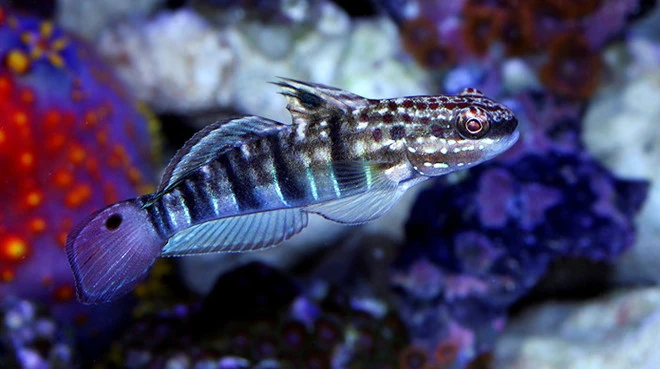
5. Sleeper Blue Dot Goby (Valenciennea sexguttata)
Also known as the Ladder Glider or Sixspot Sleeper Goby, this species benefits from a diet of live and frozen foods suitable for carnivores.
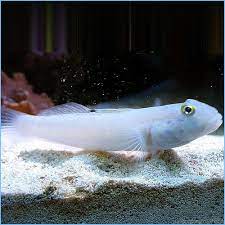
6. Sleeper Railway Glider Goby (Valenciennea helsdingeni)
The Sleeper Railway Glider Goby digs shallow tunnels in the substrate, creating oxygenated refuges. Like other gobies, it may be territorial and engage in conflicts with same-species individuals.

7. Sleeper Striped Goby (Valenciennea longipinnis)
This goby strains food from the sand as it sifts through it. Its carnivorous diet should include a variety of live and frozen brine shrimp, mysis shrimp, and other prepared foods for carnivores.
8. Tiger Watchman Goby (Valenciennea wardii)
The Tiger Watchman Goby contributes to substrate stirring and food straining. Its diet should encompass live and frozen brine shrimp, mysis shrimp, live black worms, and carnivorous prepared foods.
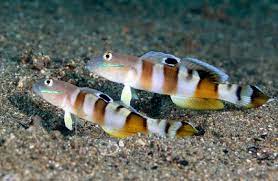
9. Two Spot Goby (Signigobius biocellatus)
The Two Spot Goby showcases distinctive markings and habits, contributing to the fascinating diversity of sand sifting gobies.
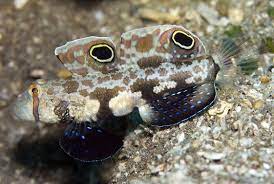
By providing the right substrate, creating a suitable tank environment, and selecting compatible tankmates, you can enjoy the captivating behaviors and benefits that sand sifting gobies bring to your aquarium.





















